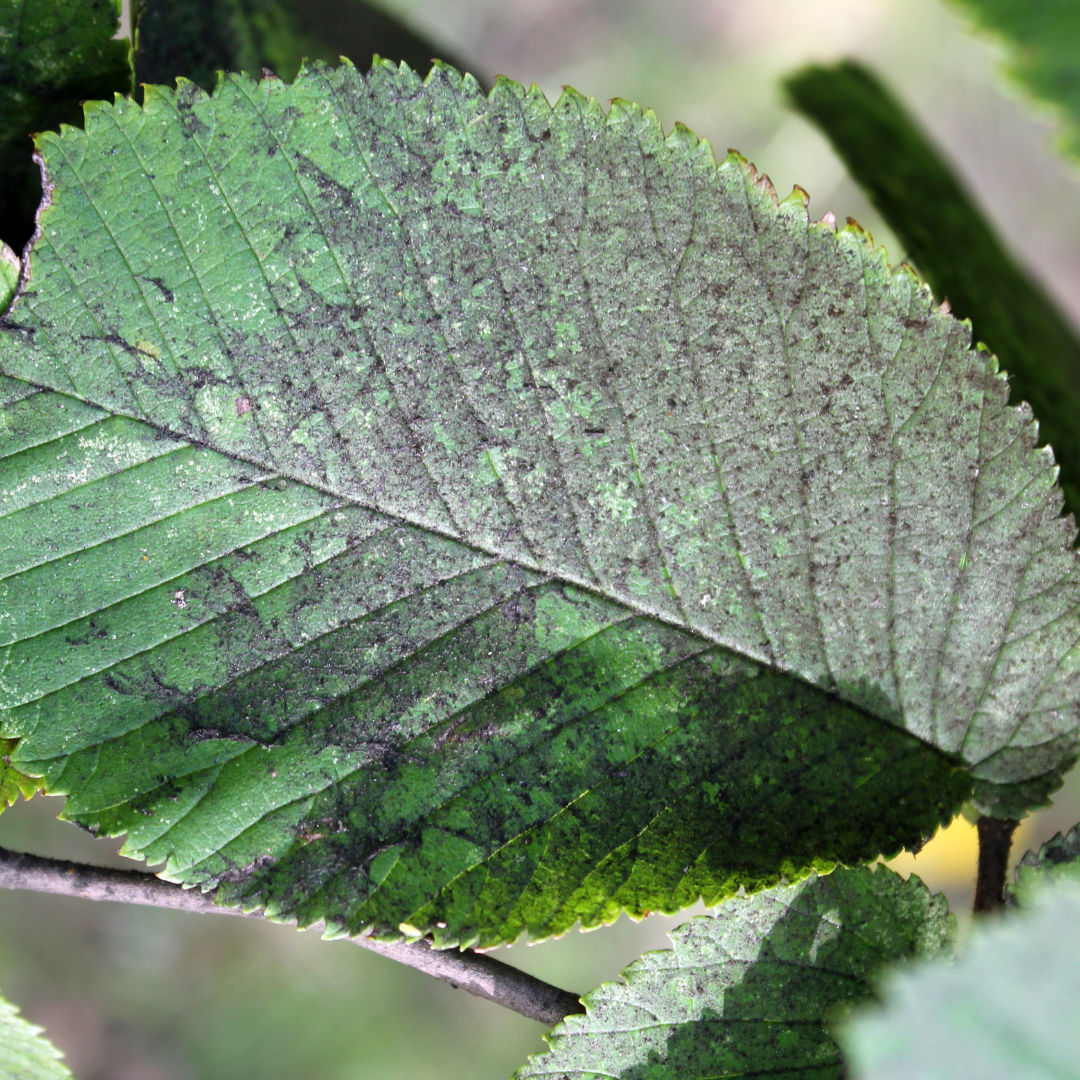Most Common Fungus For Shrubs
In Texas, shrubs are susceptible to various fungal infections, with three common types being leaf spot, powdery mildew, and sooty mold. As arborists, we are well-versed in diagnosing and treating these fungal infections to maintain the health and vitality of shrubs throughout the great state of Texas.
Leaf Spot
Leaf spot is a common fungal disease that can affect shrubs, causing unsightly spots on the leaves. To identify leaf spots, look for dark or light brown spots with defined edges on the leaves of the shrub. These spots may increase in size over time and can eventually cause the leaves to turn yellow or drop prematurely. To treat leaf spot, it is important to first remove any infected leaves and debris from around the shrub to minimize the spread of the fungus. Applying a fungicide specifically formulated to target leaf spot can also be effective in controlling the disease. Hiring an arborist for professional fungicide application is an option if you want to make sure the treatment is done correctly. Additionally, providing proper watering and adequate air circulation around the shrubs can help prevent the development and spread of leaf spot. Regular inspection and early treatment of leaf spot can restore the health and beauty of shrubs.
Leaf Spot
Powdery Mildew
Powdery mildew is a common fungal disease that affects many shrubs. To identify powdery mildew, look for a white or grayish, powdery substance on the leaves, stems, and flowers of the shrub. Infected leaves may also become distorted or develop yellow or brown patches. Fortunately, there are effective treatments for powdery mildew. First, prune and remove any infected plant material to prevent the spread of the disease. Improve air circulation around the shrub by pruning neighboring plants and avoiding overhead watering. We recommend having a professional come out to treat with insecticide. . Regular monitoring and timely treatment are key to managing powdery mildew and keeping your shrubs healthy.
Powdery Mildew
Sooty Mold
To identify and treat sooty mold on shrubs, it is important to first understand its appearance and underlying cause. Sooty mold presents as a black, velvety coating on the leaves, stems, and branches of affected shrubs. This mold is typically secondary to an infestation of honeydew-producing insects such as aphids, scales, or whiteflies. To address the issue you can try applying horticultural oil on the affected shrubs for minor cases. For larger infestations we recommend having a professional come out to treat with insecticide. This will help eliminate the source of honeydew. You can remove the sooty mold off the shrubs using a solution of dish soap and water or a mixture of baking soda and water. Carefully rinse the leaves and stems with clean water afterwards. It may take several treatments to completely remove the sooty mold, so persistent monitoring and treatment should be employed until the issue is resolved. Additionally, addressing the underlying insect infestation and maintaining overall plant health by proper watering, fertilization, and pruning techniques will help prevent the recurrence of sooty mold.
Sooty Mold
If you have any issue with your shrubs, Arbor Source Tree Experts can help. We will take all of the worry out of keeping your trees and shrubs healthy and beautiful year round. Visit us at www.ArborSource.net to request a visit from our ISA Certified Arborist or call (832) 671-0331.



